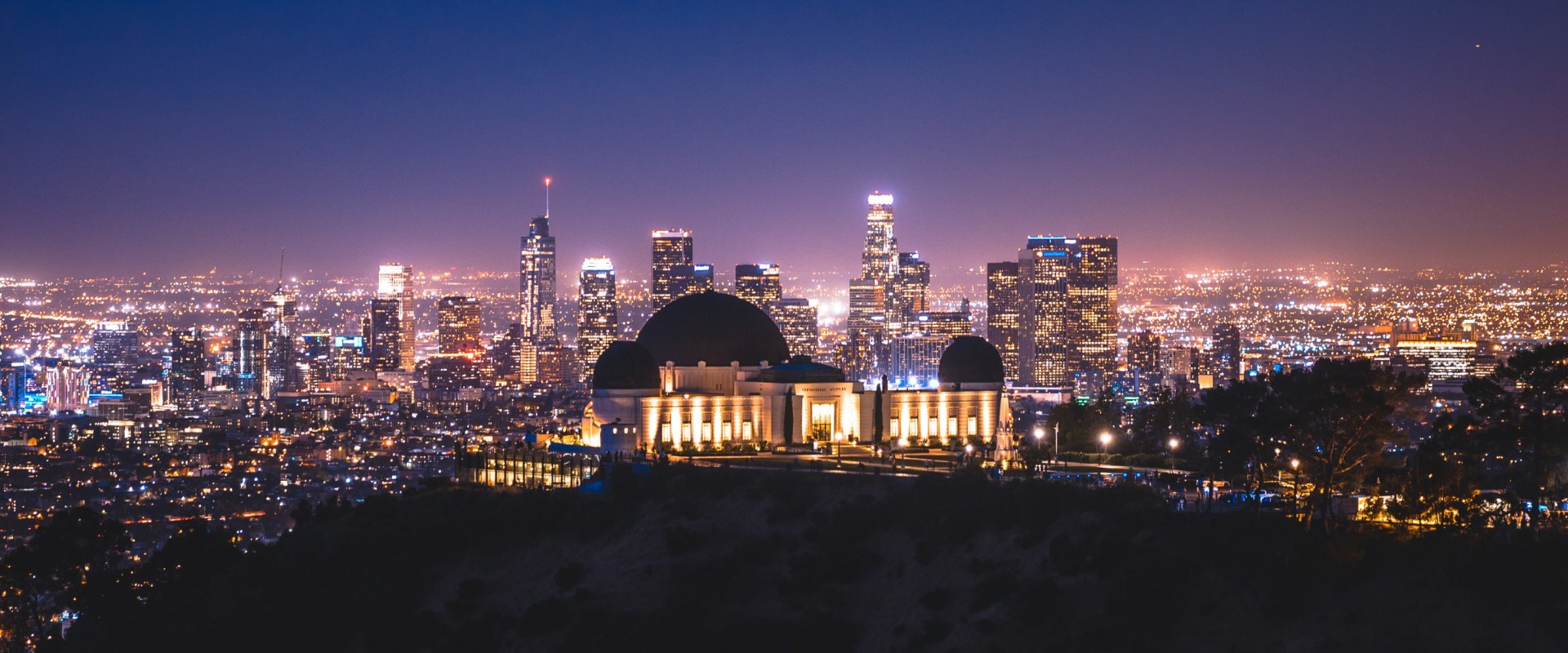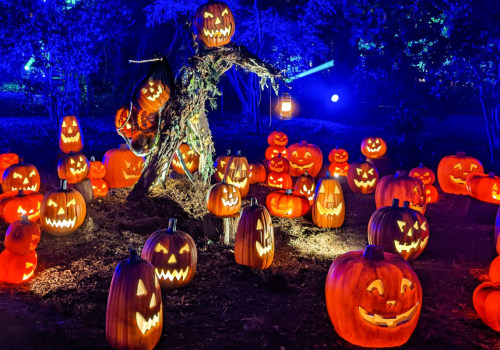Rembrandt lighting is a technique that produces stunning and captivating photographs with minimal elements. It can be achieved with a single light source and a reflector. While having an effective product page with well-written content is important, visual content is powerful. The human brain can process images in just 13 milliseconds and we can remember more than 2000 images with 90% accuracy over the course of a week.
Natural light from windows is the ideal solution for many reasons. Firstly, most people have access to a window. Secondly, natural lighting that enters through a window has only one direction. This creates natural shadows, adding texture to the product and giving it life.
Giving customers different perspectives helps to showcase the key features of your product. The ultimate goal is to photograph the product from every angle, providing customers with a 360-degree view. Offering a complete view is much more attractive, as it provides additional information about the product in a visual way, helping customers to imagine themselves using or owning your product. By taking photos of products from different angles, you'll also bring character and creativity to your photos.
As a general rule, your main image should be a front view of the product at eye level. It is recommended to have up to 12 additional supporting images that highlight the most important functions. Once you get the right ISO settings for your environment, you'll get amazingly sharp photos of the product. My studio has excellent natural lighting, so I usually use an ISO of between 300 and 500, depending on the outside climate.
On a particularly cloudy day, I raise the ISO to warm up the sensors and then adjust it until the image is nice and clean. The best lighting for photography will depend on your style of photography: one photographer may rely on their flash while another may prefer battery-powered strobe lights. A versatile set of photographic lighting will provide you with the tools you need to start your career in photography or videography.








